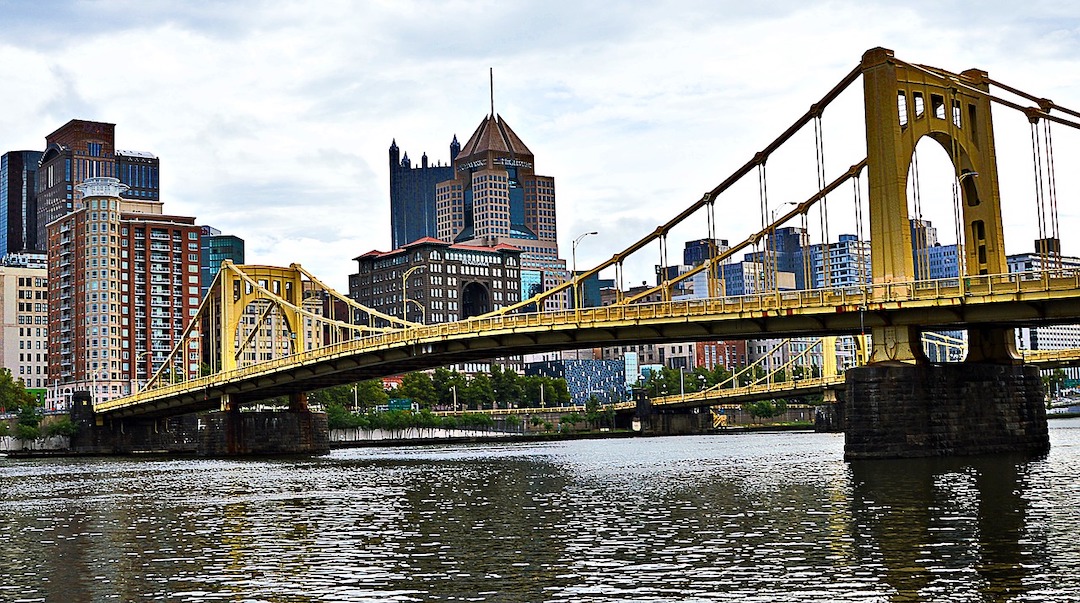Pittsburgh recently became the first city in the U.S. to enact “Dark Sky Lighting” ordinance.
The aim is to use technology, lower color temperature, and shielding to use outdoor lighting “only needed for comfort and safety,” according to a city news release. The law applies to all city parks, facilities, and streetlights.
The “Dark Sky Lighting” concept reduces unnecessary light pollution and dangerous glare that can come from lighting areas for no specific purpose, the release says. “Over-lighting and light pollution can negatively impact the mental and physical health of nearby neighbors, visibility for motorists, cyclists and pedestrians, as well as habitats for plants, animals and birds,” it says.
The city will employ Dark Sky principles for newly installed or retrofitted streetlights, newly constructed and renovated park spaces and playgrounds, as well as newly constructed and renovated city-owned buildings. The Office of Sustainability and Resilience will compile a guide for residents and businesses to scale and implement Dark Sky principles on private property.
Related Stories
| Sep 1, 2011
Project Aims to Automate Code Compliance Assessment
FIATECH, a consortium of owners from the industrial, power, and retail markets that build large structures, launched a project this year to validate the use of automation technology for code compliance assessment, and to accelerate the regulatory approval process using building models. Long-term objectives include the development of an extensive, open-source rule set library that is approved by industry and regulatory bodies for use by technology developers and code officials.
| Sep 1, 2011
EPA Says Additional Lead Paint Cleaning Rules Not Necessary
The EPA has concluded that current Lead: Renovation, Repair, and Painting Program (LRRP) cleaning requirements and lead-safe work regulations are sufficient to protect the public from lead dust hazards. “Our members have been instrumental in contacting legislators to detail the detrimental impact of the current LRRP," says Richard Walker, American Architectural Manufacturers Association’s president and CEO. “This collective industry voice has prompted the EPA to make the responsible decision to refrain from adding further, unnecessary costs to homeowners under the current economic climate."http://www.aamanet.org/news/1/10/0/all/603/aama-commends-its-members-congress-for-vacating-lrrp-clearance-rule
| Aug 11, 2010
Best AEC Firms of 2011/12
Later this year, we will launch Best AEC Firms 2012. We’re looking for firms that create truly positive workplaces for their AEC professionals and support staff. Keep an eye on this page for entry information. +







